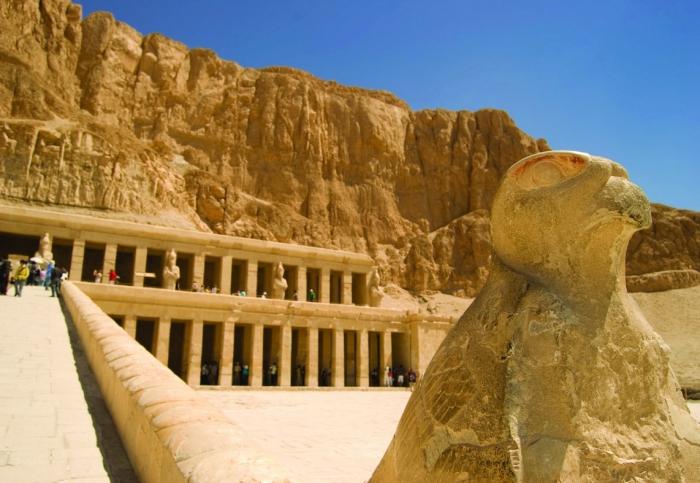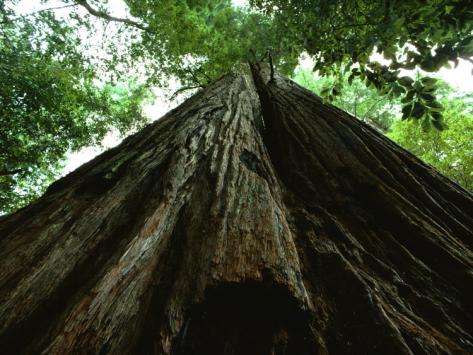Where is the driest place on earth
Verily, the Earth is a planet of contrasts. More than 70% of its surface is covered with water. Because of this, in a number of cases it can be safely called "planet-ocean". And it is unique. Outside of the solar system, thousands of planets have already been discovered, but none of them has as much water as our blue planet.
For all that, there are areas from which you canform a whole list called "the most dry places on earth." Rains in these areas can be expected for a very long time, but never wait. Almost all of them are in deserts. They are united by an extremely low average annual rainfall rate. Even more surprising: there, in the neighborhood of the sand, people live!
Sahara Desert

Algerian Aoulef and Libyan Al-Kufra, despiteon almost total absence of precipitation, grow green due to oases and persistent human labor. In El-Kufr, adjacent to the 300-meter layer of Sahara's sand, springs from the ground. Here you can enjoy local peaches, dates and apricots. The complete opposite is Wadi Khalfa in Sudan, located near the Egyptian border. This city is completely devoid of green spaces. Yes, they are unthinkable in very dry and hot air.
Namib Desert

Atacama Desert
Welcome to Latin America! In Chile, the city of Iquique is located, which in the competition for the title "the driest place on earth" is located in the ranking just between Wadi Khalfa and Pelican Point. And this is a full-fledged Pacific port! On the beaches of Iquique, Chileans flee from the dry weather. They live here not only for the sake of the port, but also for the sake of saltpeter mined in the surrounding desert.
Another Chilean port city - Arica - five timesmore arid than his fellow countryman. It would seem that the Pacific Ocean, sufficient humidity, a lot of clouds, but water drops reach the ground very rarely. Moreover, in the adjacent desert there are areas where the last time rain fell several centuries ago!
Another city bordering Atakama is locatedin Peru. This is Ika. The fact that the climate here was deadly dry not always, archaeologists were convinced, when during excavation their gaze appeared a large petrified ... penguin! Prior to the discovery of the New World, local residents mummified the dead tribesmen. Today, patients with asthma come here: Iki's dry air, they say, makes their suffering very easy.
And yet none of the above-mentioned dwellings of people is called "the driest place on earth".
Antarctica

The dryest place in the world is devoid of fauna: no animal here can survive. Of all the gigantic diversity of the Earth's biosphere, only sick plants and bacteria were found here. Another eloquent testimony: in Dry Valleys, natural conditions are strikingly close to Martian. It is no accident that in the mid-1970s NASA tested the landing blocks of the Viking Martian probes, which later successfully worked on Mars, under the harsh conditions of the Dry Valleys.








